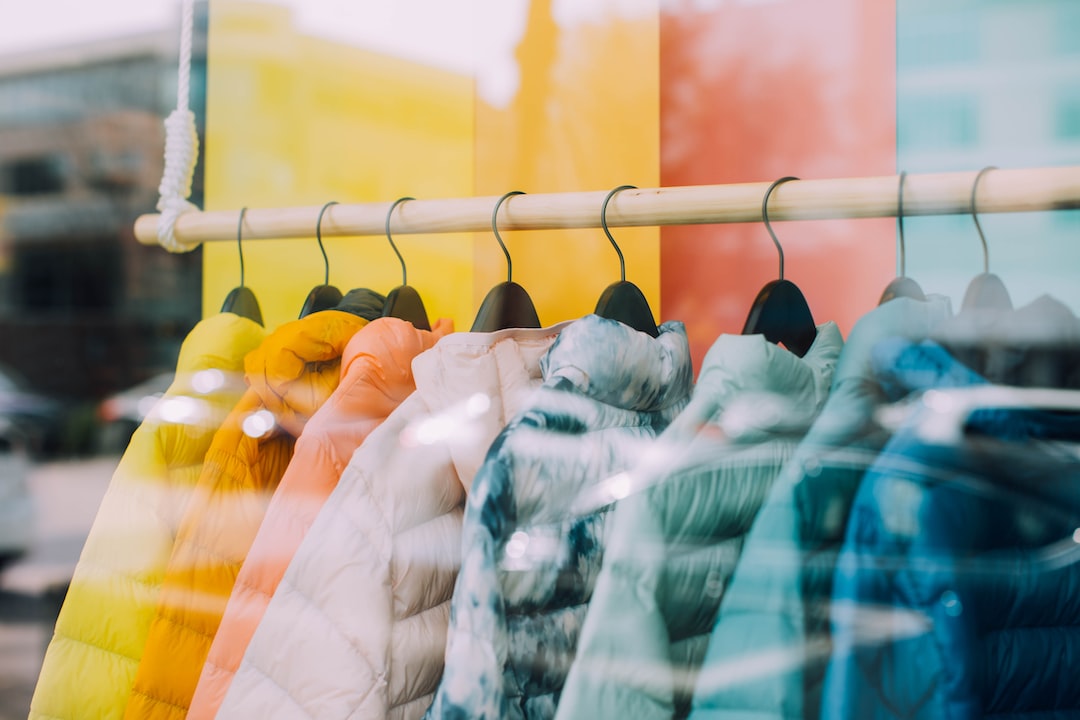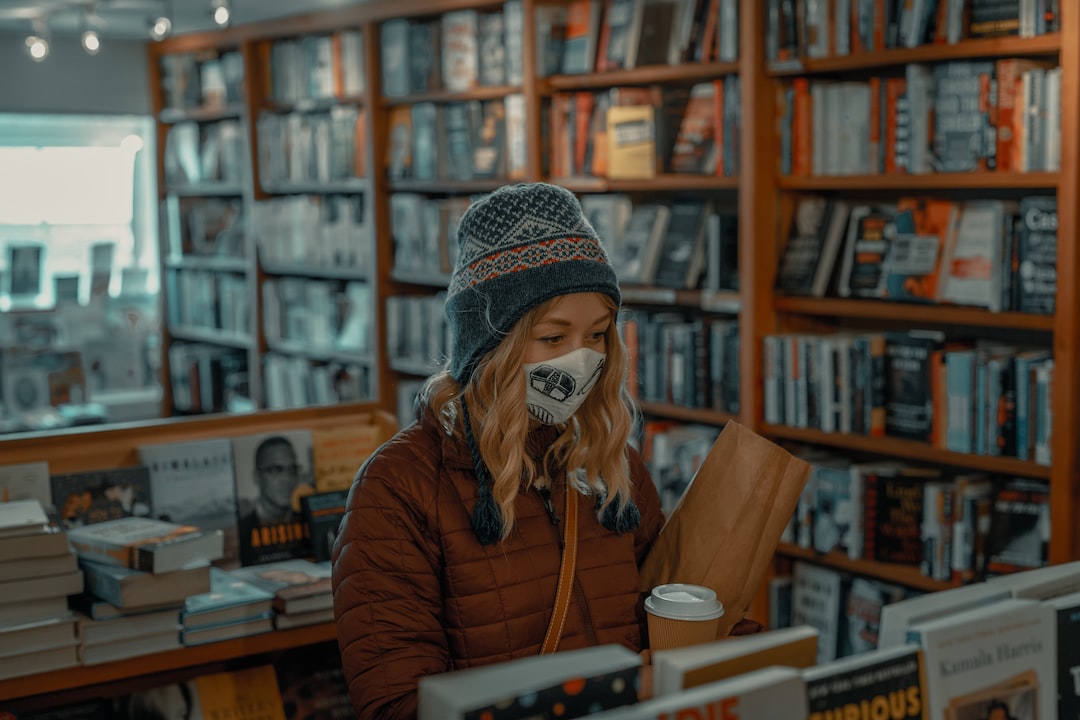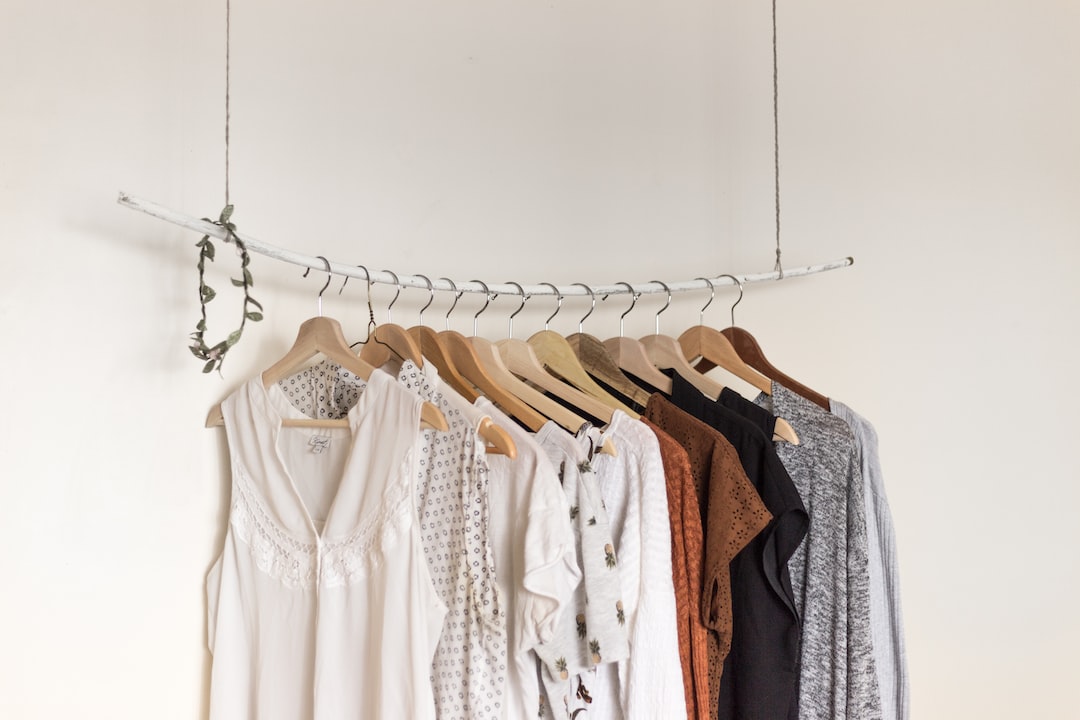CBD Oil has gained immense popularity in recent years due to its potential benefits in treating various health conditions. However, there are different types of CBD products available in the market, with full-spectrum and isolate CBD being two of the most common options. Understanding the difference between full-spectrum and isolate CBD can help you make an informed decision when choosing the right product for your needs.
Full-spectrum CBD oil contains all the compounds found in the hemp plant, including cannabinoids, terpenes, and other beneficial substances. This means that it provides the entourage effect, which is the synergy between all the components of the plant working together to enhance the therapeutic properties of CBD. Full-spectrum CBD oil is believed to be more effective than isolate CBD due to this entourage effect.
On the other hand, isolate CBD is a pure form of CBD that has been isolated from all other compounds in the hemp plant. This means that isolate CBD does not contain any THC, the psychoactive compound found in cannabis that causes a high. Isolate CBD is often preferred by those who want to avoid THC or are sensitive to other compounds present in full-spectrum CBD oil.
When it comes to choosing between full-spectrum and isolate CBD oil, it ultimately depends on your personal preferences and the specific health conditions you are trying to treat. Here are some key factors to consider when deciding between the two types of CBD oil.
1. Entourage Effect: As mentioned earlier, full-spectrum CBD oil provides the entourage effect, which can enhance the therapeutic properties of CBD. If you are looking for a more potent and effective product, full-spectrum CBD oil may be the better choice for you.
2. THC Content: Full-spectrum CBD oil contains trace amounts of THC, usually less than 0.3%. While this is not enough to cause intoxication, it may still show up on a drug test. If you are concerned about THC or undergo regular drug testing, isolate CBD oil may be the safer option for you.
3. Sensitivity to Other Compounds: Some people may be sensitive to the other compounds found in full-spectrum CBD oil, such as terpenes or cannabinoids. If you experience any adverse reactions when using full-spectrum CBD oil, switching to isolate CBD may be a better option for you.
4. Legal Considerations: While CBD is legal in most states, the legality of THC can vary. If you live in a state where THC is still illegal, isolate CBD oil may be the only legal option available to you.
5. Personal Preferences: Ultimately, the choice between full-spectrum and isolate CBD oil comes down to your personal preferences. Some people may prefer the additional benefits of full-spectrum CBD oil, while others may prefer the purity and simplicity of isolate CBD oil.
In conclusion, understanding the difference between full-spectrum and isolate CBD oil is crucial when choosing the right product for your needs. Both types of CBD oil have their own set of benefits and drawbacks, so it is important to consider your personal preferences and health conditions before making a decision. Whether you choose full-spectrum or isolate CBD oil, make sure to purchase from a reputable manufacturer that uses high-quality ingredients and follows strict production standards.
For more information visit:
HempWorx | MyDailyChoice
https://www.directlyhemp.com/
8444436796
Las Vegas, United States
Official HempWorx BEST PRICES! Full spectrum CBD Oil, Gummies, Relief Pain Rub, Renew Cream, CBD Coffee, CBD Pet Oil & Treats, BodyMelt, Beyond Edibles, Affiliate Sign Up Free.
Discover the natural power of CBD with directlyhemp.com. Find premium quality products that will enhance your wellness routine and leave you feeling your best. Stay tuned for exclusive deals and offers that will help you unlock the full potential of CBD in your daily life.






